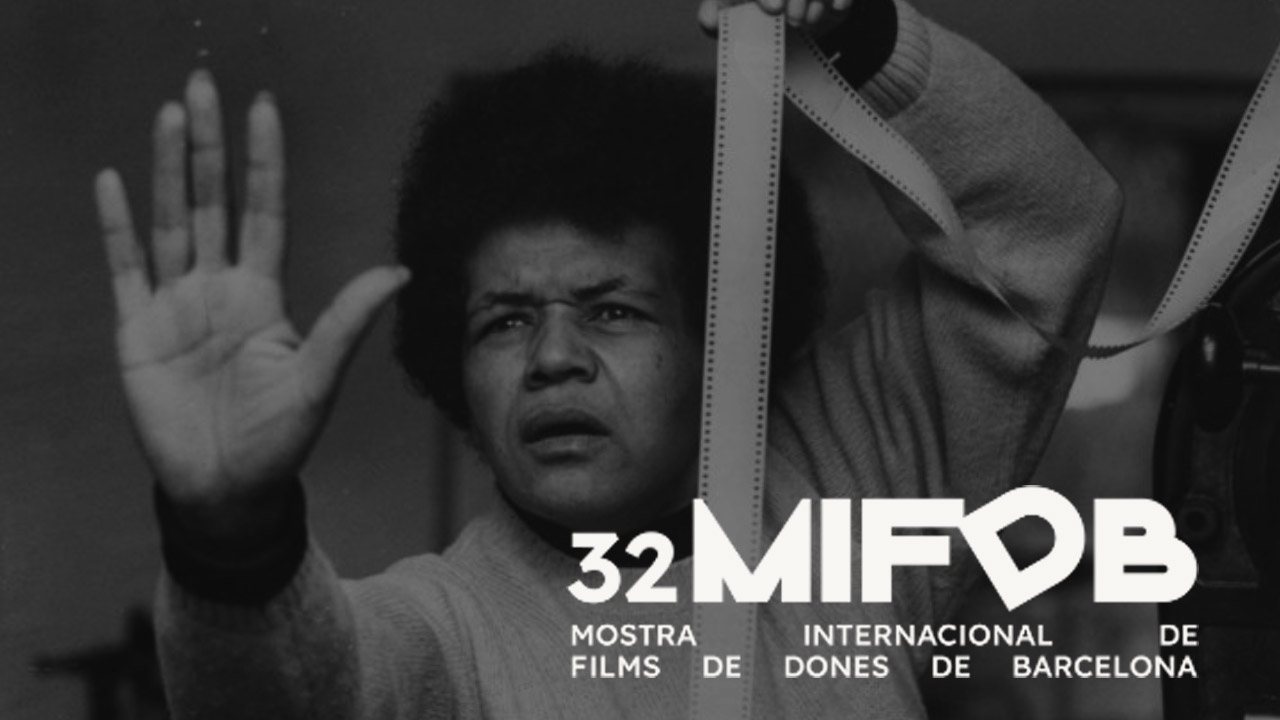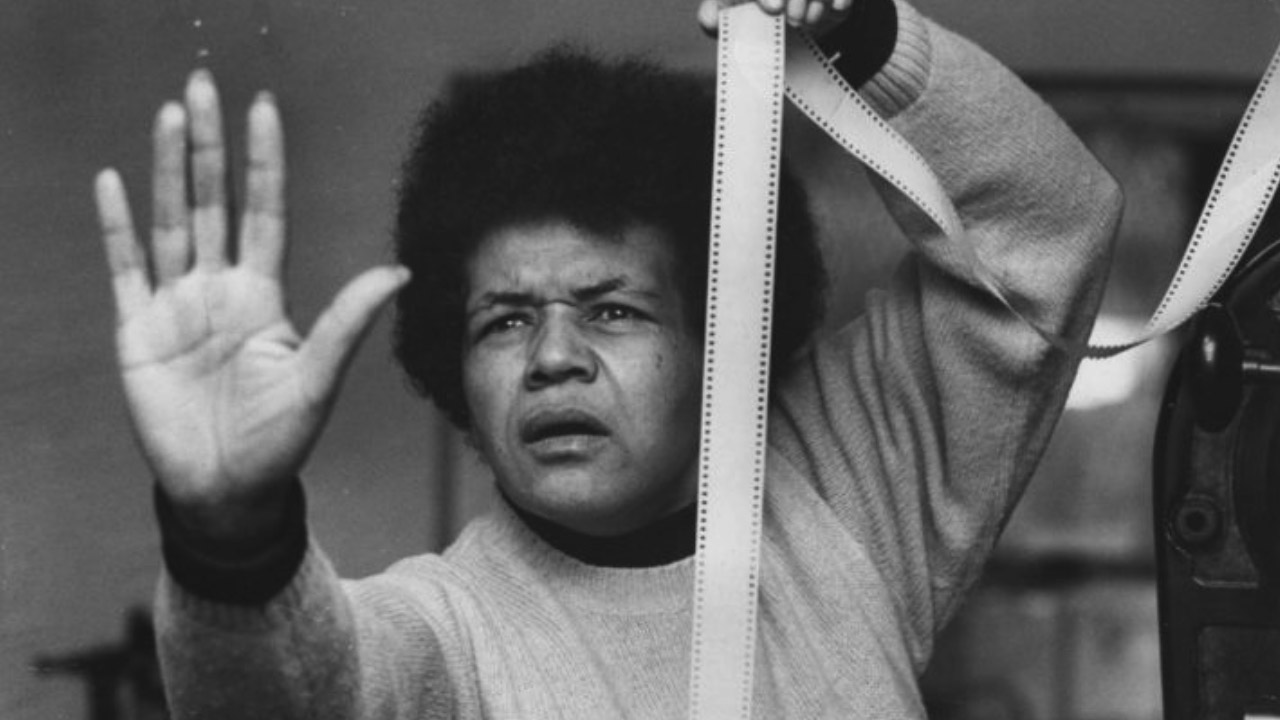
- This event has passed.
Sarah Maldoror – An Alternative Identity (Tapies Foundation)


The season of films Sarah Maldoror. An Alternative Identity responds to the need to network with the city’s institutions to develop a de-localised programme and the desire to highlight a pioneer of African film like Sarah Maldoror, who left us a wonderful legacy on the subject of negritude. The season sets out to revisit Maldoror’s work, as a figure as yet little-known but essential in dealing with the decolonial movement and struggles for social diversity. The four sessions, designed by the Museu Tàpies with the special support of Annouchka de Andrade, the film-maker’s daughter, will set out from Maldoror’s visual poetics to portray a future society rooted in anticolonialism and pan-Africanism.
Sarah Maldoror (Condom, France, 1929 – Fontenay-lès-Bris, France, 2020) is considered the first black woman to make a feature-length film in Africa and represents a key figure in world and revolutionary cinema, firmly and unabashedly anti-racist. Over several decades, her prolific body of work includes more than forty films that combine fiction and documentary in the broadest sense of the term. Altogether it is a kind of poetry dedicated to translating the black cultural, social and political movement into images and sound.
The seminar, with the participation and collaboration of the Filmoteca de Catalunya and the Institut Français de Barcelone, will invite film critics, activists and sociologists to help to construct a fruitful dialogue around concepts like colonialism, social justice and migration, but will also deal with broader terms in connection with possession, baggage, heritage or identity.
The films to be screened in this season are: Monangambé, Ana Mercedes Hoyos, the Carnival trilogy (Carnaval dans le Sahel, Fogo, l’île de feu, Carnaval en Guinée-Bissau), Aimé Césaire, le masque des mots and Sambizanga.
